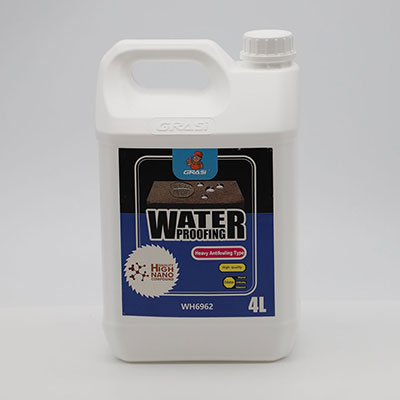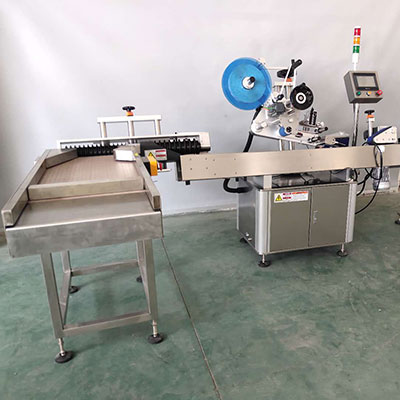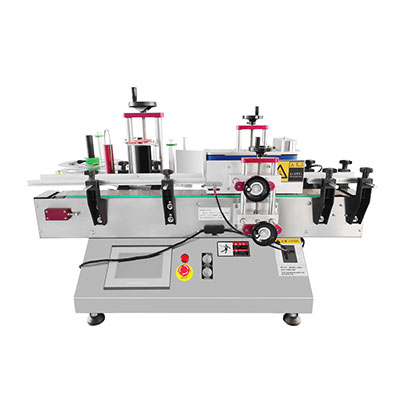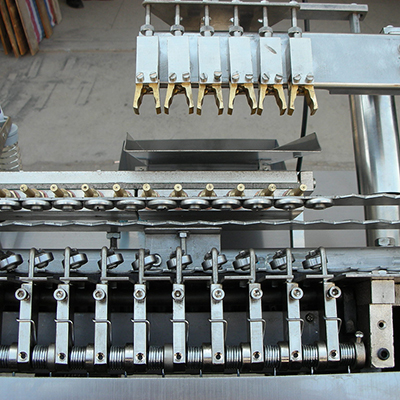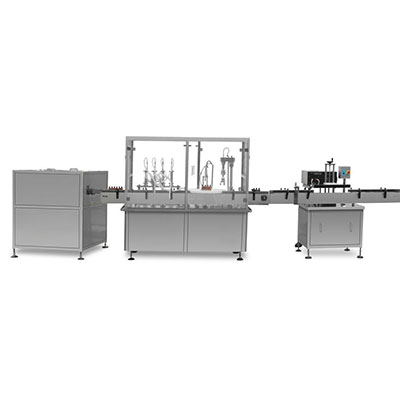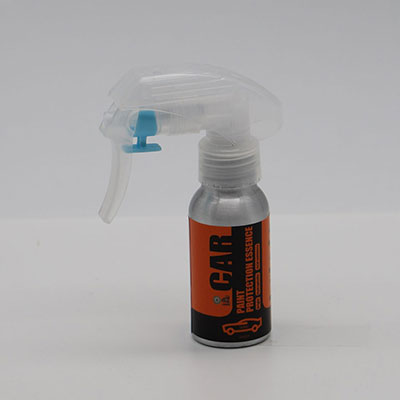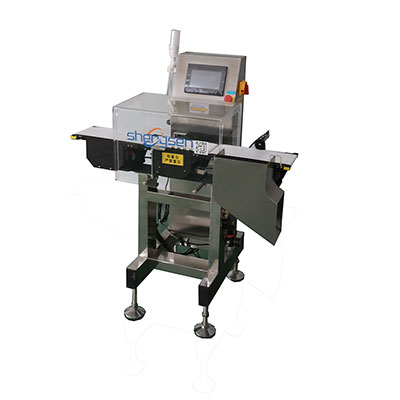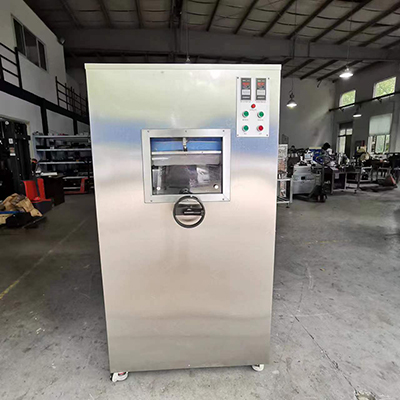Gas Detector, Gas Sensor, Gas Alarm
Introduction 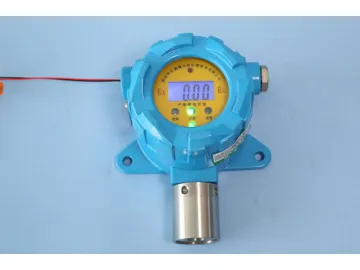
Application
Detection performance Gas Types
For further information of combustible gases, see
For further information of toxic gases, see Accuracy: ±3% FS Receptivity: <2% Response time: <22s (Combustible gases); For toxic gases, see Electrical properties Power supply: 24VDC±6v Power: <2W Output signal: LCD digital display, 3-wire/2-wire, 4-20mA, RS485 interface, 2 sets of relay output (normal open-point switch output capacity 5A/220VAC), Acoustic-optic alarming Mechanical properties Body shell: ADC12 aluminum alloy Sensor shell: 316 stainless steel Weight: 1.5kg±0.1kg Certification Explosion proof certification: Ex d ⅡC T6 Gb Metrological authentication: CMC Work environment Protection level: IP66 Range of temperature: -40°C --+70°C (Combustible gases) -10°C--+50°C (Toxic gases) Range of humidity: 10—95%RH List of Common Flammable and Explosive Gases for SR-3000 Detector
List of Common Toxic Gases for SR-3000 Detector
Application areas Air Conditioning and Ventilation Gas Detection Biogas Plant Gas Analysis
The SR-3000 combustible and toxic gas detector uses a catalytic sensor, electrochemical sensor or optical ionic sensor, and is an independent detector based on a highly integrated embedded industrial microprocessor. The software is optimized with instruction design and the hardware features a modularization design. The detector is user friendly, stable and reliable. It is easy to be installed and has a strong anti-interference ability.

Application
Metallurgy, chemical industry, petroleum, gas storage, environmental protection and other industries related to flammable, explosive and toxic gases.
Features CAN bus protocol communication interface makes it easy to ad hoc a network. Sensors with fault self-detection and identification which can be replaced on site. The remote controller can be used to control the gas detector The upper and low limit alarm Stable and reliable, strong anti-interference ability and is easy to install.Detection performance Gas Types
For further information of combustible gases, see
For further information of toxic gases, see Accuracy: ±3% FS Receptivity: <2% Response time: <22s (Combustible gases); For toxic gases, see Electrical properties Power supply: 24VDC±6v Power: <2W Output signal: LCD digital display, 3-wire/2-wire, 4-20mA, RS485 interface, 2 sets of relay output (normal open-point switch output capacity 5A/220VAC), Acoustic-optic alarming Mechanical properties Body shell: ADC12 aluminum alloy Sensor shell: 316 stainless steel Weight: 1.5kg±0.1kg Certification Explosion proof certification: Ex d ⅡC T6 Gb Metrological authentication: CMC Work environment Protection level: IP66 Range of temperature: -40°C --+70°C (Combustible gases) -10°C--+50°C (Toxic gases) Range of humidity: 10—95%RH List of Common Flammable and Explosive Gases for SR-3000 Detector
| Name | Molecule formula | Relative density | Combustion limit | |
| The low limit | The upper limit | |||
| Methane | CH4 | 0.55 | 5 | 15 |
| Toluene | C6H5CH2 | 3.2 | 1.2 | 7.1 |
| Methanol | CH2OH | 1.11 | 6.7 | 36 |
| Methyl formate | HCOOCH2 | 2.07 | 5 | 23 |
| Ethyl formate | HCOOCH2CH3 | 2.65 | 2.8 | 16 |
| Methyl ethyl ether | CH3OCH2CH3 | 2.1 | 2 | 10.1 |
| Ethane | CH3CH3 | 1.04 | 3 | 12.5 |
| Acetylene | CH≡CH | 0.9 | 2.5 | 100 |
| Ethanol | CH3CH2OH | 1.59 | 3.3 | 19 |
| Ethylbenzene | CH3CH2C6H5 | 3.66 | 1 | 6.7 |
| Ethylene | CH2=CH2 | 0.97 | 2.7 | 36 |
| Methyl acetate | CH3COOCH3 | 2.56 | 3.1 | 16 |
| Ethyl acetate | CH3COOCH2CH3 | 3.04 | 2.2 | 11 |
| N-butyl acetate | CH3COOCH2CH2CH3 | 4.01 | 1.7 | 7.3 |
| Propane | CH3CH2CH3 | 1.56 | 2.1 | 9.5 |
| Propanol | CH3CH2CH3OH | 2.07 | 2.1 | 13.5 |
| Propylene | CH2=CHCH2 | 1.5 | 2 | 11.1 |
| Acetone | (CH3)2CO | 2 | 2.6 | 12.8 |
| Butane | C4H10 | 2.05 | 1.9 | 8.5 |
| Butanone | CH3CH2COCH3 | 2.48 | 1.8 | 10 |
| Butadiene | CH2=CHCH=CH2 | 1.87 | 2 | 12 |
| Pentane | C5H12 | 2.48 | 1.4 | 7.8 |
| Hexane | CH3(CH2)4CH3 | 2.97 | 1.1 | 7.5 |
| Heptane | C7H16 | 3.46 | 1.1 | 6.7 |
| Octane | CH3(CH2)3CH3 | 3.93 | 1 | 6.5 |
| Carbon monoxide | CO | 0.97 | 12.5 | 74 |
| Ammonia | NH3 | 0.59 | 15 | 33.6 |
| Hydrogen | H2 | 0.07 | 4 | 75 |
| Benzene | C6H6 | 2.7 | 1.3 | 7.1 |
| Isobutane | (CH3)2CHCH3 | 2 | 1.8 | 8.4 |
| Isopropyl alcohol | (CH3)2CHOH | 2.07 | 2 | 12 |
| Cyclohexane | CH2(CH2)4CH2 | 2.9 | 1.3 | 8 |
| Propylene oxide | CH3CHCH2O | 2 | 2.8 | 37 |
| Ethylene oxide | CH2CH2O | 1.52 | 3.6 | 100 |
| Two ethyl ether | (CH3CH5)2O | 2.55 | 1.9 | 36 |
| Dimethyl ether | (CH3)2O | 1.59 | 3.4 | 27 |
| Xylene | C6H4(CH3)2 | 3.66 | 1 | 7 |
| Gasoline | C4~C12 Hydrocarbon mixtures | 0.73 | 1.3 | 7.1 |
List of Common Toxic Gases for SR-3000 Detector
| Name | Molecular formula | Range (PPM) | Response time (s) |
| Oxygen | O2 | 0-25 | |
| Carbon monoxide | CO | 0-1000 | |
| Hydrogen sulfide | H2S | 0-100 | |
| Hydrogen | H2 | 0-1000 | |
| Ammonia | NH3 | 0-1000 | |
| Chlorine | CL2 | 0-20 | |
| Nitric oxide | NO | 0-500 | |
| Nitrogen dioxide | NO2 | 0-50 | |
| Sulfur dioxide | SO2 | 0-100 | |
| Vinyl chloride | C2H3CL | 0-100 | |
| Acrylonitrile | C3H3N | 0-200 | |
| Methanol | CH3OH | 0-500 | |
| Formaldehyde | CH2O | 0-500 | |
| Ethylene oxide | C2H4O | 0-200 | |
| Hydrogen chloride | HCL | 0-50 | |
| Hydrogen cyanide | HCN | 0-30 | |
| Hydrogen fluoride | HF | 0-10 |
Scan QR to Read
Links:https://globefindpro.com/products/24838.html
Links:https://globefindpro.com/products/24838.html
Recommended Products
-
 850nm Pigtailed Laser Diode Components
850nm Pigtailed Laser Diode Components
-
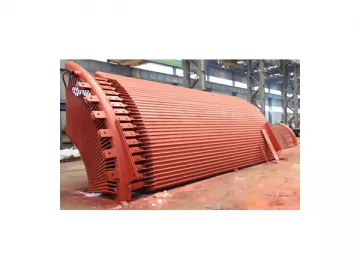 Industrial Cyclone Separator
Industrial Cyclone Separator
-
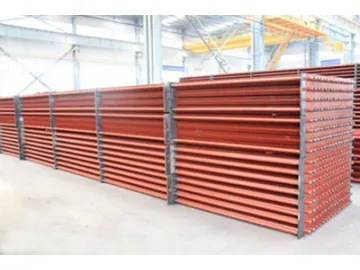 Flue Gas Cooler
Flue Gas Cooler
-
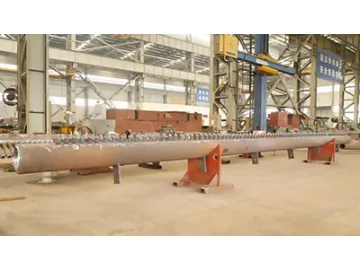 Boiler Manifold Headers
Boiler Manifold Headers
-
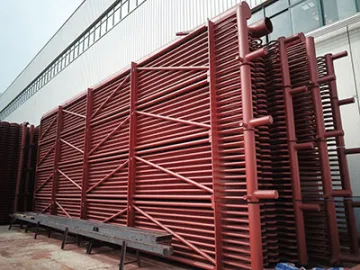 Boiler Economizer
Boiler Economizer
-
 60mw-80mw 1310nm Pulse Laser Diode
60mw-80mw 1310nm Pulse Laser Diode
-
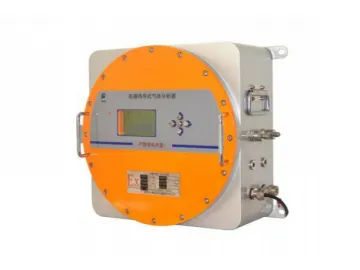 Thermal Conductivity Gas Analyzer SR-2050Ex (Flameproof Type)
Thermal Conductivity Gas Analyzer SR-2050Ex (Flameproof Type)
-
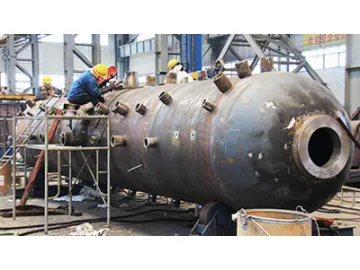 Boiler Steam Drum
Boiler Steam Drum
-
 635nm Pigtailed Laser Diode Module
635nm Pigtailed Laser Diode Module
-
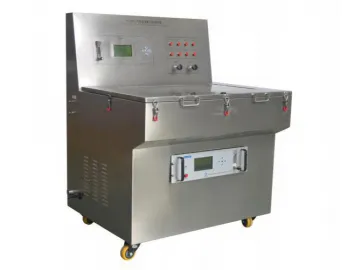 Gas Dosing and Mixing System
Gas Dosing and Mixing System
-
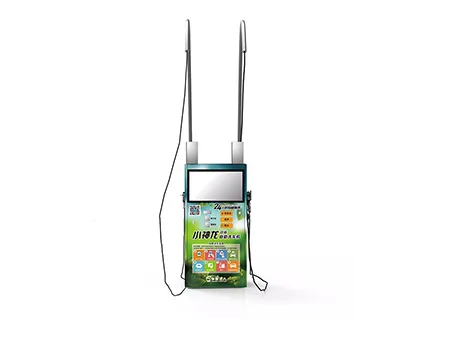 Self Service Car Wash Systems
Self Service Car Wash Systems
-
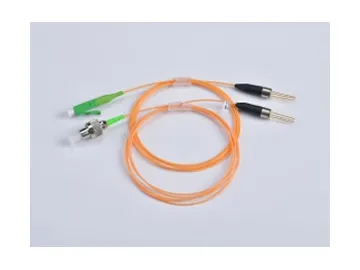 1550nm 1mw-3mw DFB Pigtail Laser Diode Module
1550nm 1mw-3mw DFB Pigtail Laser Diode Module


